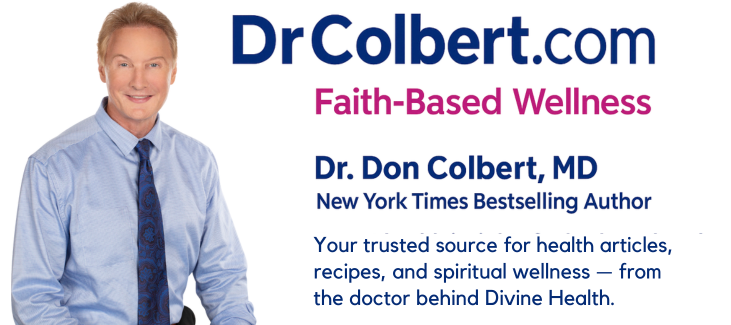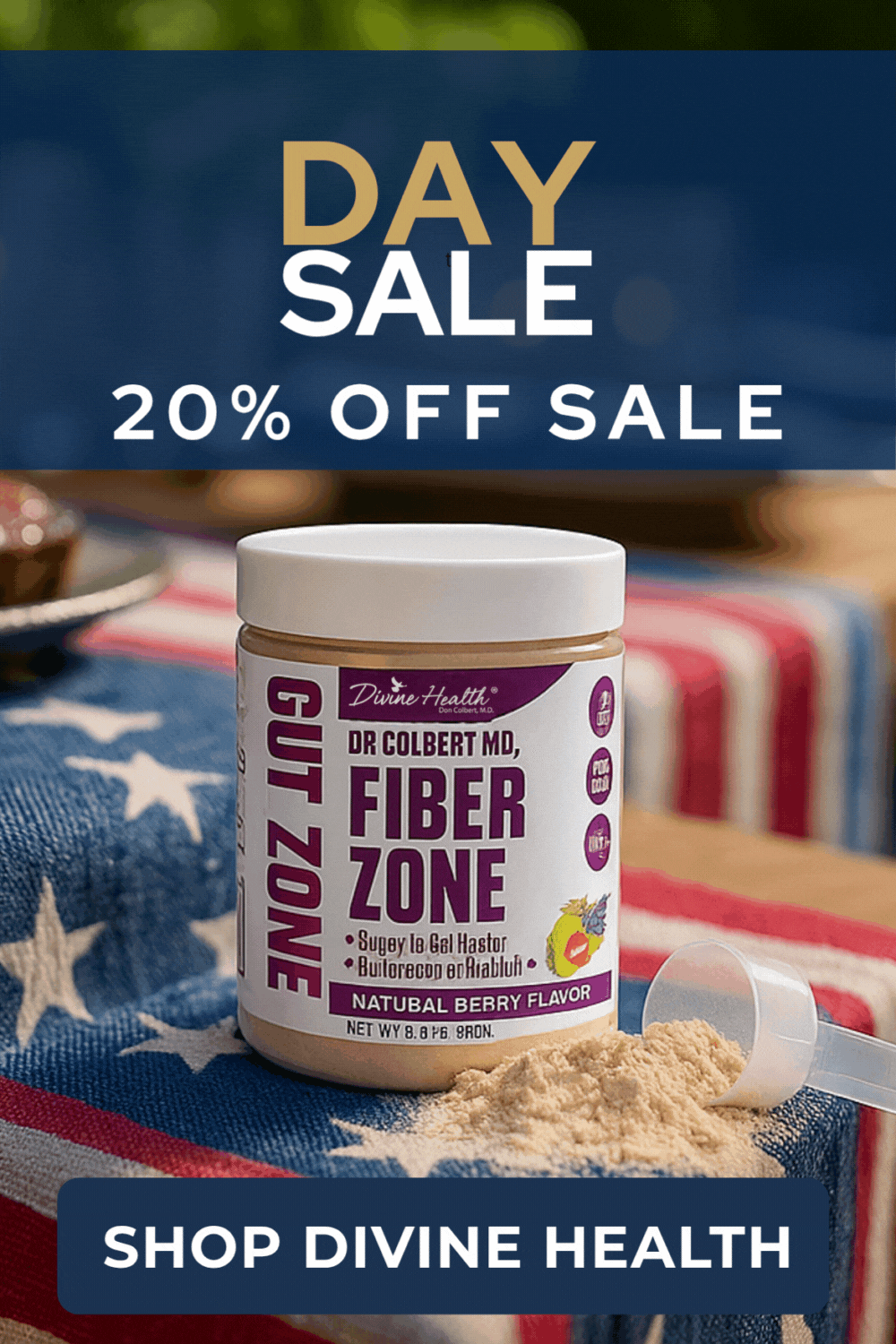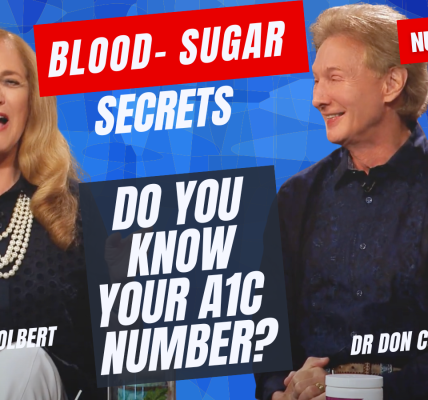Don’t be shocked after reading the next line!
More than ten billion microbes might be sitting on your toothbrush. Yes, it’s true. You might consider yourself a fitness freak, but you’ve probably never realized how dirty your toothbrush can be.
According to Dr. Gerry Curatola, founder of Rejuvenation Dentistry, toothbrushes can attract all types of viruses, bacteria, mold and fungi. These bacteria can cause mouth decay, gum diseases, E.coli and strep bacteria.

Below are the five most common mistakes that invite microbes onto your toothbrush:
1. Storing Your Toothbrush In Your Bathroom
Usually people store their toothbrush on a bathroom countertop. When you flush the toilet, bacteria and fecal matter can travel up to six feet and settle on your floor, countertops and your toothbrush. It’s disgusting, but your toilet seat may have fewer bacteria than your toothbrush.
2. Enclosing Toothbrushes In Closed Containers
Most people think that storing their toothbrush in a container will help ward off bacteria. However, it actually has a negative effect. The environment inside the container is moist and becomes a breeding ground for microorganisms and bacteria.
Dr Curatola says, “Covering your toothbrush with a cap is not recommended since caps act like a breeding ground for bacteria and viruses.” However, it is also true that leaving your toothbrush exposed also invites germs and microbes. Dr Curatola suggests using a fabric toothbrush shield instead of plastic ones. They are better alternatives as they act as a barricade against microbes.
3. Disinfecting Your Toothbrush
Some people consider microwaving their toothbrush in order to kill germs. According to Curatola, this is the worst way to disinfect your toothbrush since the plastic, nylon and silicone used to make toothbrushes become hot during microwaving and as a result they are denatured and damaged. The nylon bristles become brittle and break down.
Curatola further elucidates that disinfecting a plastic toothbrush can also expose people to harmful chemicals such as bisphenol-A (BPA), which is found in many plastics. This chemical is linked to various diseases including infertility and cancer.
As an alternative, Curatola suggests simply washing your toothbrush with lukewarm water and soap and covering it with a fabric casing. He also suggests changing your toothbrush at least every four months.
4. Antibacterial Toothpaste
Curatola says that toothpastes, even those that are antibacterial, do nothing to fight the bacteria that sit on your toothbrush. He further clarifies that our mouth contains billions of healthy bacteria, also called oral microbiome. People with healthy mouth flora or oral microbiome are not easily affected by the deadly bacteria and viruses floating in the surrounding environment. The use of alcohol mouthwashes and harmful toothpastes can disrupt the oral microbiome and make it unhealthy.
5. Toothpastes Loaded With Chemicals
Toothpastes containing chemicals such as triclosan copolymer and sodium laurel sulphate should not be used. Sodium laurel sulphate can irritate your mouth because it is a detergent. It has been reported that this chemical can also increase incidences of canker sores. Moreover, some experts are concerned that using triclosan, which is an antifungal and antibacterial agent, could increase the strains of resistant bacteria.
Curartola concludes that oral health determines the overall health of an individual. Oral diseases can be the primary cause of inflammation in your body, which can reduce your life expectancy.














